Examples of Animal Behavior Research
Researchers in ethology are interested in understanding all aspects of animal behavior. We have highlighted some great examples of Animal Behavior Research on our Behavioral Research Blog.
Posted by
Published on
Fri 18 Feb. 2022
Topics
| Chickens | Farm Animals | Guinea Pigs | Mice | Monkey | Rats | Sheep | Social Behavior Research | TrackLab | Zebrafish | Behavioral Research | Dolphins | Elephants |
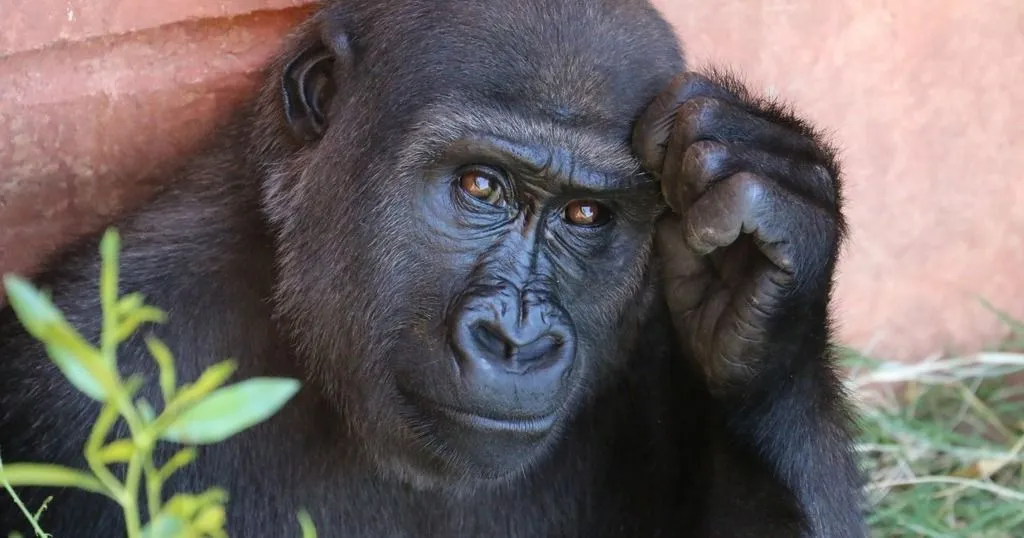
Animal behavior research can involve a wide range of animal species and research subjects. In ethology, animal behavior is studied under natural conditions. Ethology has its roots in the scientific work of Charles Darwin (1809-1882), as well as Dutch biologist Nikolaas Tinbergen (1907-1988).
Ethology combines laboratory and field science, and also has strong relations to other disciplines, such as neuroanatomy, ecology, and evolutionary biology. Researchers in this field of study are interested in understanding the functions, causes, development, and evolution of animal behavior.
Examples of Animal Behavior Research
In this blog post we describe several examples of animal behavior research. Want to read even more? Please visit our Behavioral Research Blog!
Table of contents- Observing monkey behavior
- Interactive enrichment for great apes
- Behavioral observation of new zoo habitat for elephants
- Neuroscience research with guinea pigs
- Domesticated vs wild animals
- Chicken welfare
- Spatial behaviors in sheep
- A rat model for Parkinson's disease
- How to monitor rat social behavior
- Spatial learning in rats
- How fruit flies find your food
- Zebrafish studies
- Studying shrimp feeding behavior
- Measuring aggressive behavior in dolphins
Observing monkey behavior and their use of tools
We already know some monkeys display above average intelligence. Behavioral studies have shown that capuchin monkeys use tools such as boulders and logs as anvils upon which they can crush nuts. Fragaszy et al. studied a group of wild capuchin monkeys in Brazil, specifically the placement of nuts prior to striking them. An interesting detail: they studied this same behavior in humans as well.
Keep reading: Observing monkey behavior – cracking the nut
Interactive enrichment for great apes
There is growing empirical support demonstrating improved welfare in captive animals when they can exert control over their environment. Research shows that great apes can successfully interact with digital media devices and can demonstrate behavioral changes when presented with digital enrichments.
Nicky Kim-McCormack and her colleagues from Australian National University studied the effects of digital enrichment on animal welfare. They included Seoul Zoo’s six orangutans and four chimpanzees in their study.
Continue reading: Measuring changes in captive great ape welfare
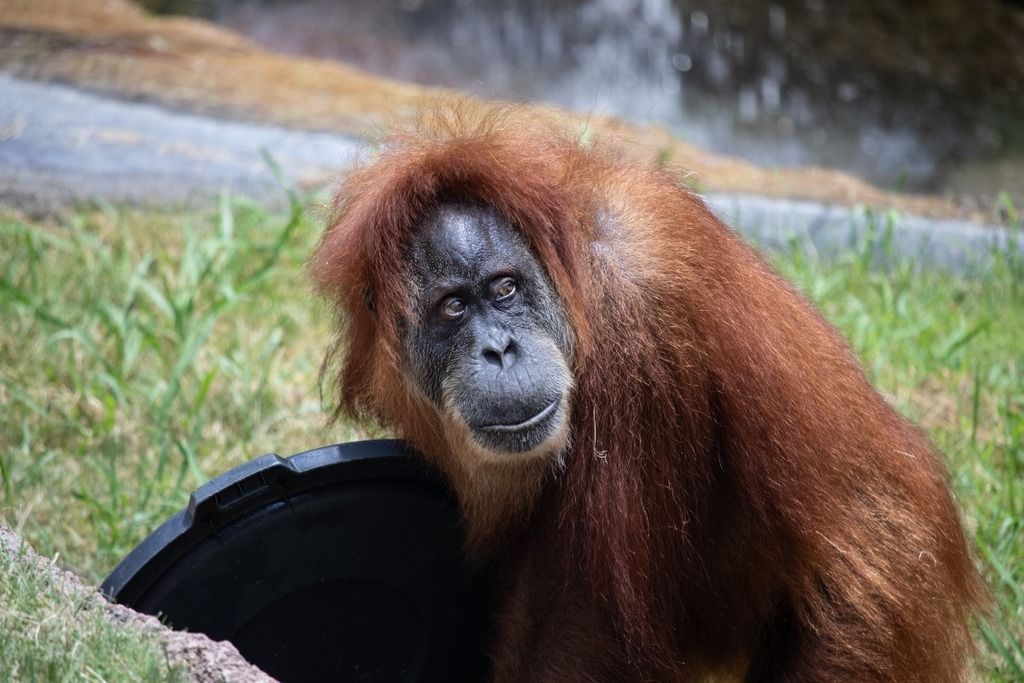
Behavioral observation of new zoo habitat for elephants
The Oregon Zoo (Portland, OR, US) houses a herd of 5 Asian elephants. The zoo wanted to improve their welfare with evidence-based approaches. This meant creating a complex new habitat and monitoring the elephants closely by measuring hormone levels, activity, and behavior before, during, and after construction.
They used The Observer XT behavioral analysis software to monitor the transition of the elephant herd to their new zoo habitat at the Oregon Zoo. This study, recently described in Animals, is a great example illustrating why behavioral observation matters.
Continue reading: Behavioral research shows how elephants like their new habitat at the Oregon Zoo

Photo: Oregon Zoo
Neuroscience research with guinea pigs
According to Kiera-Nicole Lee and her colleagues, guinea pigs differ from mice and rats, and that just might make them more suitable for some neuroscientific studies. This is due to the fact that results from studies with guinea pigs are more easily translated to humans.
Find out more: Why guinea pigs are just like us
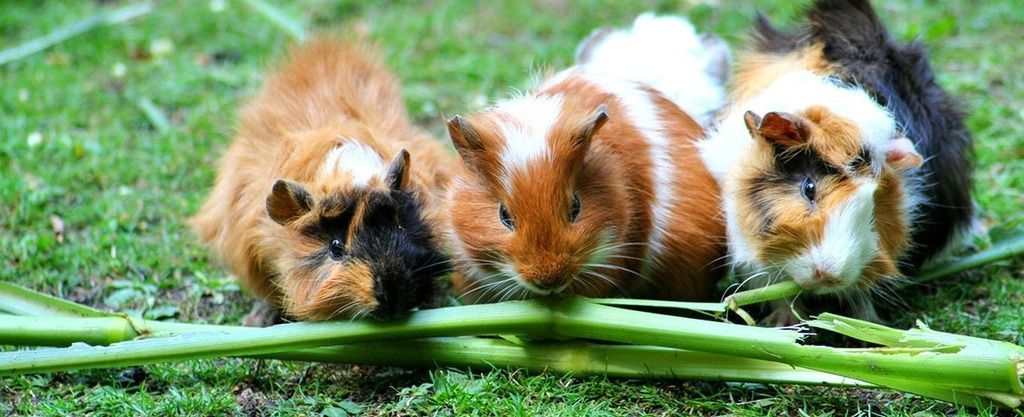
Domesticated vs wild animals
Not many studies have compared the behaviors of wild and domesticated animals. When they do, such as with guinea pigs, they mostly compare adults.
Zipser et al. were curious to find out whether the differences in behavior between domesticated guinea pigs and the wild cavies were also found earlier on, and so they compared these species during the early and late phase of adolescence.
Read more: How wild cavies and domesticated guinea pigs differ
Chicken welfare
There are almost 100 million chickens in the Netherlands — that's about 17 times as many chickens as people. Their welfare has improved enormously in the past few years, but there is still plenty of room for improvement.
In the ChickenStress project, we work with different partners to improve chicken welfare and reduce problems like feather pecking.
Read more: Research aims of the ChickenStress project
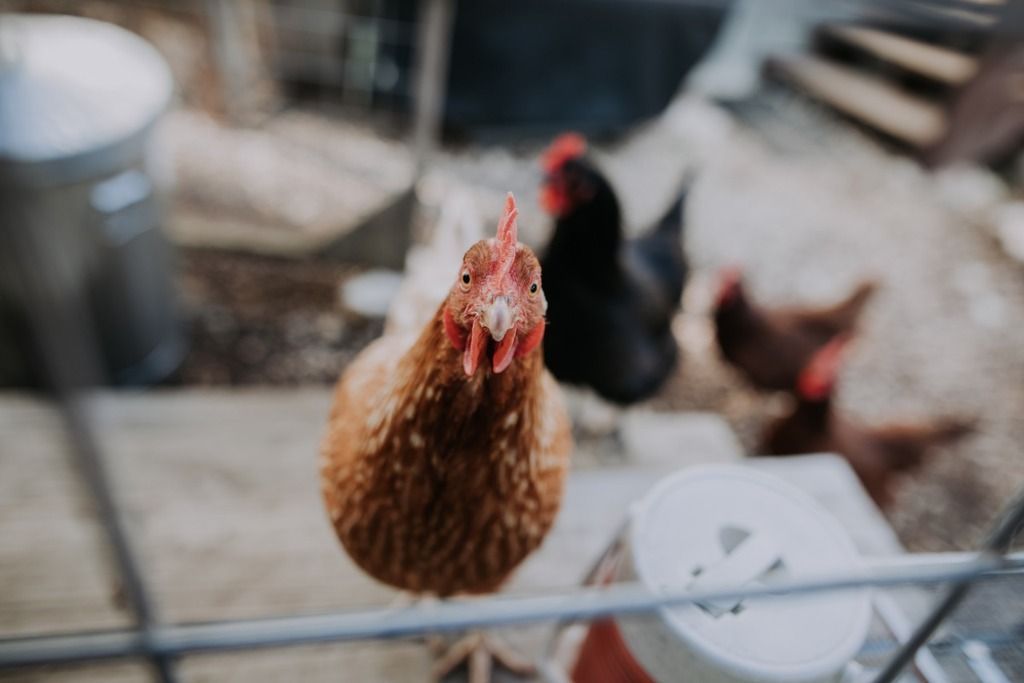
Spatial behaviors in sheep
The study of movement, activity, and behavior is valuable in research on animal health and welfare, specifically in livestock research. Understanding animal behavior in different environments provides insights that can help improve their living conditions.
There is still a lot to learn about the behavioral and social patterns in sheep. At the Aberystwyth University in Wales, UK, researchers used TrackLab for tracking and detailed analysis of spatial behaviors in sheep.
Tracking sheep to learn their behavior.
A rat model for Parkinson's disease
Parkinson’s disease is a neurodegenerative disorder that affects mobility in a life-changing way. Slow movement, shuffling of the feet, and difficulties initiating movement are all impairments we recognize as typical for this disease.
Researchers Jordi Boix and his colleagues, from the University of Auckland in New Zealand, used two rat models to investigate a number of gait parameters. Their aim was to find resemblance to human symptoms, and to specifically find them early on.
Read more: Using gait analysis in research on Parkinson's disease
How to measure spatial learning in rodents: 5 proven ways
Spatial learning basically refers to the association or representation of an organism in a three-dimensional environment. If we translate this to basic animal research terms: An animal learning its position in a given space. This task highly relies on visual cues and/or landmarks, whether in humans or animals.
Why is it important and how do we measure it? Here we dive into 5 different behavioral tests that specifically measure spatial learning and memory in rodents.
How to monitor rat social behavior
Monitoring and analyzing the social behavior of group housed rodents is something that many researchers find extremely challenging. It can also be very time consuming. However, including social behavior as part of a phenotypic screen has important benefits, and eventually leads to better translational value of rodent models. During her PhD research, Suzanne Peters developed an automated analysis that allows for the monitoring of socially interacting rats.
Read more: Into the lab: how to monitor rat social behavior
Aither recent study by Bartal et al drove our curiousity to write this blog about altruistic behavior in rats. This study shows how this type of behavior is neurally linkend to the social functioning of humans.
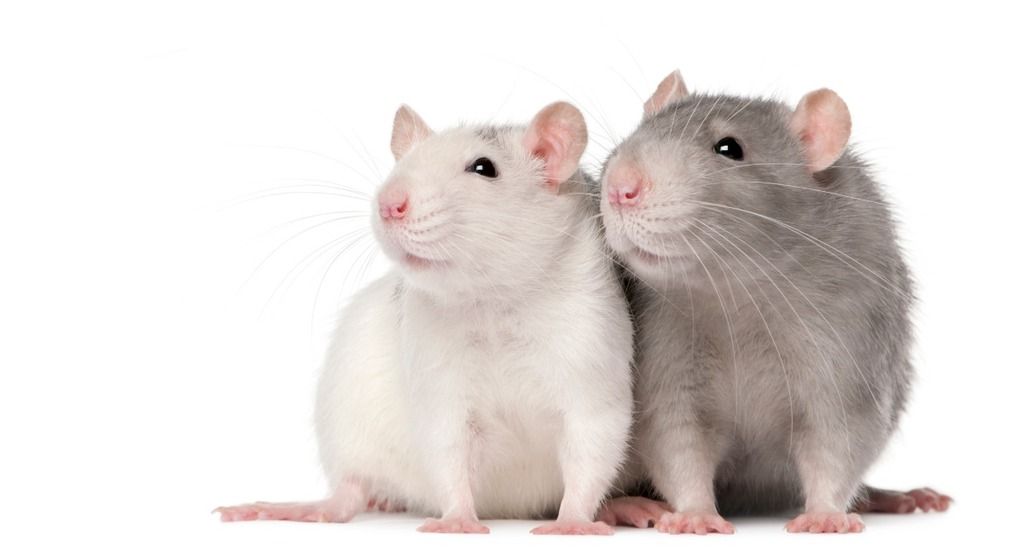
How fruit flies find your food (and mates!)
Those tiny flies that take over your garbage cans in the summer? They are called fruit flies for a reason! They have a fantastic sense of smell. Drosophila melanogaster (or fruit flies) are a popular animal model for researchers, because they have a fairly similar genetic makeup to our human genome, and they are easily manipulated to create genetically different strains. For neuroscientific studies, this makes them a really good model to learn about the effects of genes on behavior.
Find out what researchers discovered about fruit flies and their smell.
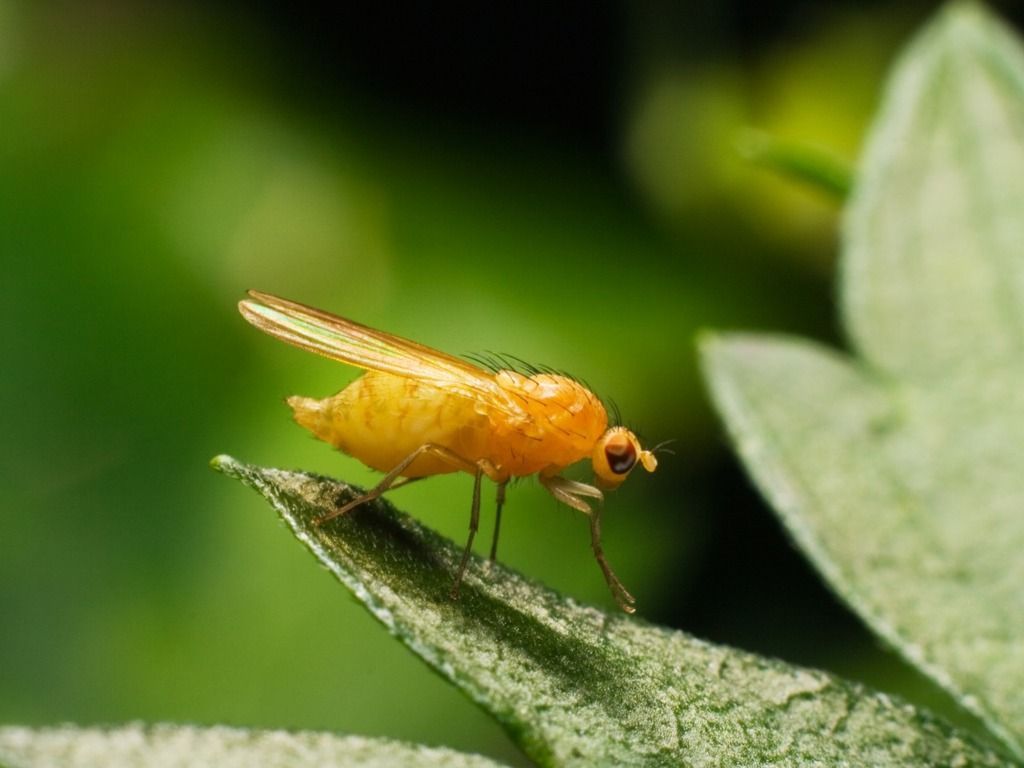
Zebrafish studies
The zebrafish has become an important vertebrate model to study (developmental) neurobiology and behavior, not in the least because of recent improvements in transgenic, optogenetic and imaging techniques, and behavioral assays.
More and more studies with zebrafish are conducted. Some examples:
- A new zebrafish model for ALS-related gene mutations
- How to measure complex exploratory behavior in larval zebrafish
- How optogenetics is used to study the stress response in zebrafish larvae
- Social buffering in zebrafish
- Strain differences in zebrafish behavior and physiology
- Studying zebrafish behavior using video tracking software
Studying shrimp feeding behavior
Shrimp is a popular dish, and these crustaceans are a very large part of commercial aquaculture. Especially Pacific white-leg shrimp, as they grow fast and are able to adapt to a wide range of environments. Finding the optimal way to feed shrimp can make or break profitable farming.
This is why investigating the best feeding protocols has gained more interest lately, and a big part of that is looking at feeding behavior. In fact, understanding the basics of shrimp behavior is a crucial fundament to the refinement of feeding practices.
Learn more about studying shrimp feeding behavior and why it’s important for aquaculture.

Using the Observer XT to measure aggressive behavior in Dolphins
Atlantic spotted dolphins (Stenella frontalis) and bottlenose dolphins (Tursiops truncates) are a sympatric species, meaning they are very closely related while also inhabiting the same geographic region, in this case, the northern Bahamas. These species are known to travel and forage together but they also engage in aggressive interactions.
Volker and Herzing, from the Florida Atlantic University, recently published an article in ‘Animal behavior and cognition’ on aggressive interactions between dolphins.

References- Lee, K.-N.; Pellom, S.T.; Oliver, E.; Chirwa, S. Characterization of the guinea pig animal model and subsequent comparison of the behavioral effects of selective dopaminergic drugs and methamphetamine. Synapse, accepted article, doi: 10.1002/syn.21731.
- Zipser, B.; Schleking, A.; Kaiser, S.; Sachser, N. (2014). Effects of domestication of biobehavioural profiles: a comparison of domestic guinea pigs and wild cavies from early to late adolescence. Frontiers in Zoology, 11, 30.
- Boix, J.; von Hieber, D.; Connor, B. (2018). Gait Analysis for Early Detection of Motor Symptoms in the 6-OHDA Rat Model of Parkinson’s Disease. Frontiers in Behavioral Neuroscience, 12, 39.
- Capriello, T.; Consiglio Grimaldi, M.; Cofone, R.; D'Aniello, S.; Ferrandino, I. (2019). Effects of aluminium and cadmium on hatching and swimming ability in developing zebrafish. Chemosphere, 222 (2019), 243-249.
- Kim-McCormack, N.E.; Smith, C.L.; Behie, A. M. (2016). Is interactive technology a relevant and effective enrichment for captive great apes? Applied Animal Behavioural Science, 185, 1-8.
- Fragaszy, D.M.; Liu, Q.; Wright, B.W.; Allen, A.; Welch Brown, C.; Visalberghi, E. (2013). Wild bearded capuchin monkeys (sapajus libidinosus) strategically place nuts in a stable position during nut-cracking. PLOS ONE, 8 (2), e56182.
- Volker, C. L.; Herzing, D. L. (2021). Aggressive Behaviors of Adult Male Atlantic Spotted Dolphins: Making Signals Count during Intraspecific and Interspecific Conflicts. Anim. Behav. Cogn., 8 (1), 35–51
Related Posts

How to know if an animal is nauseated
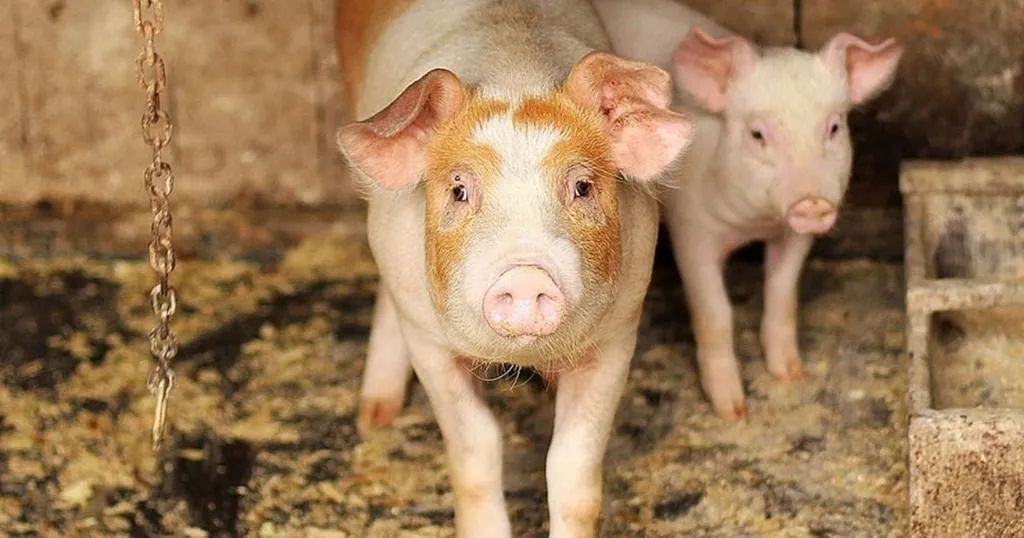
How to measure emotions in pigs



